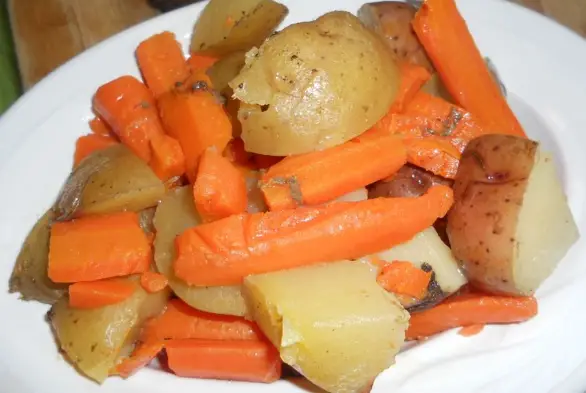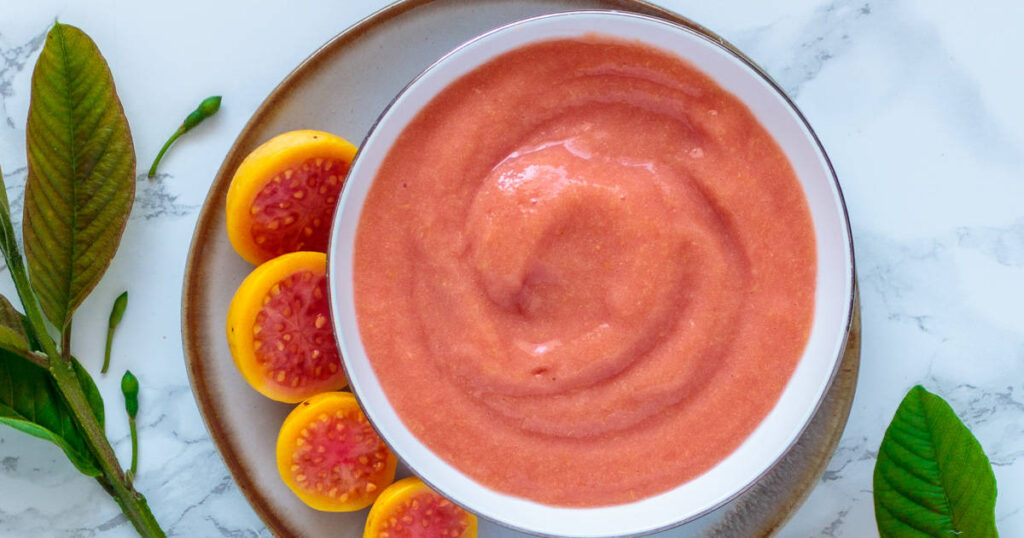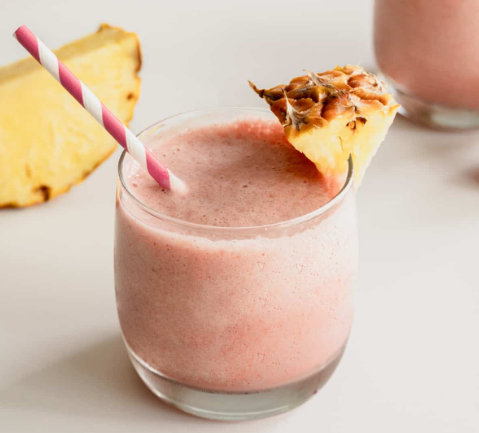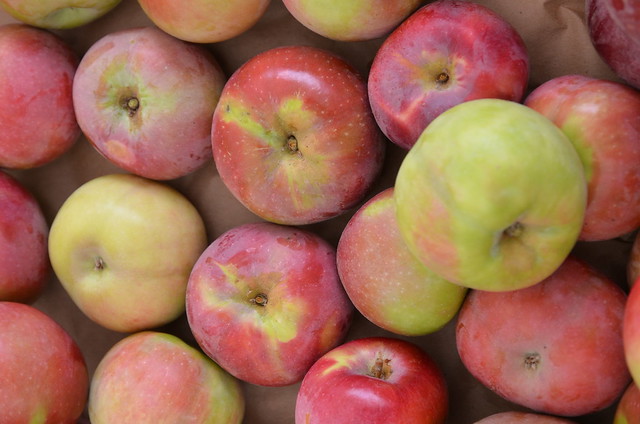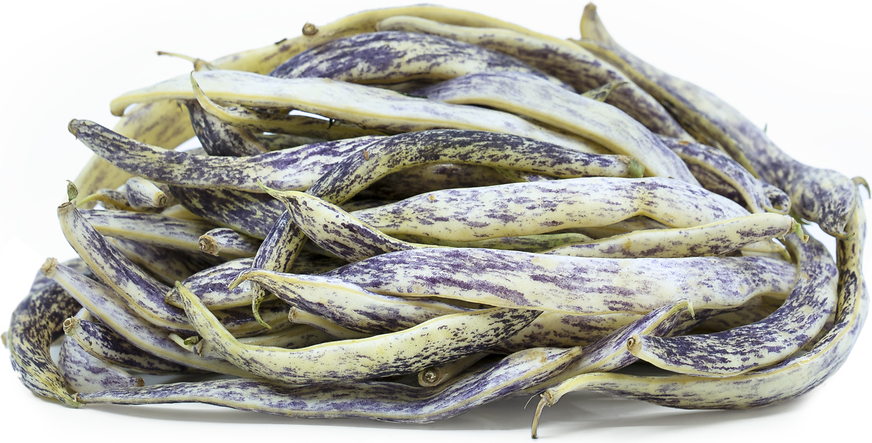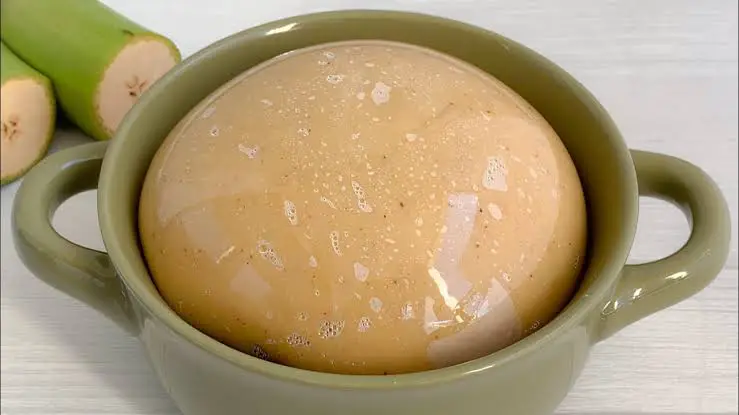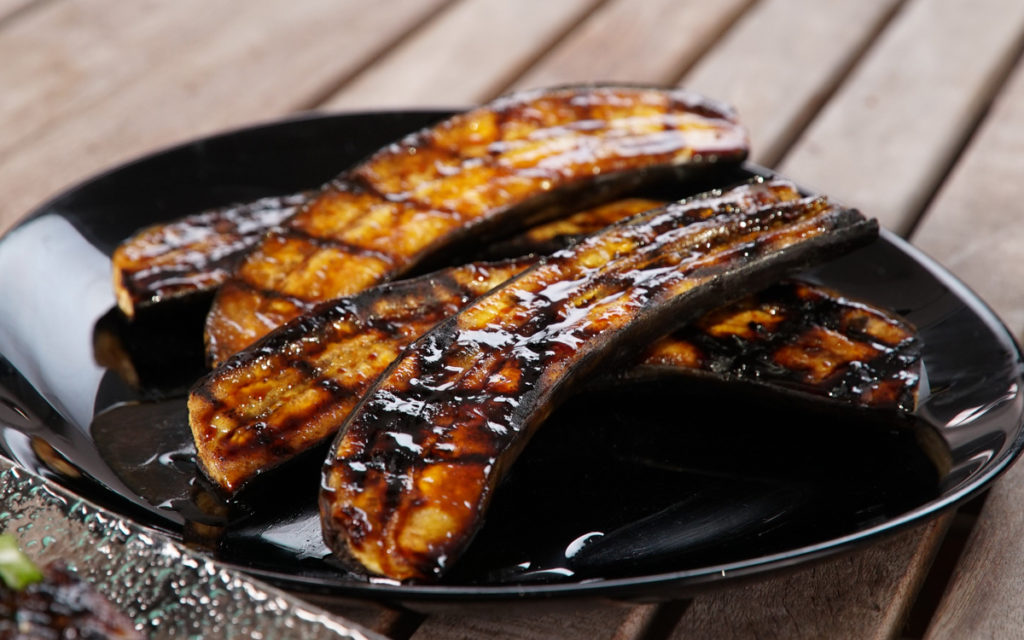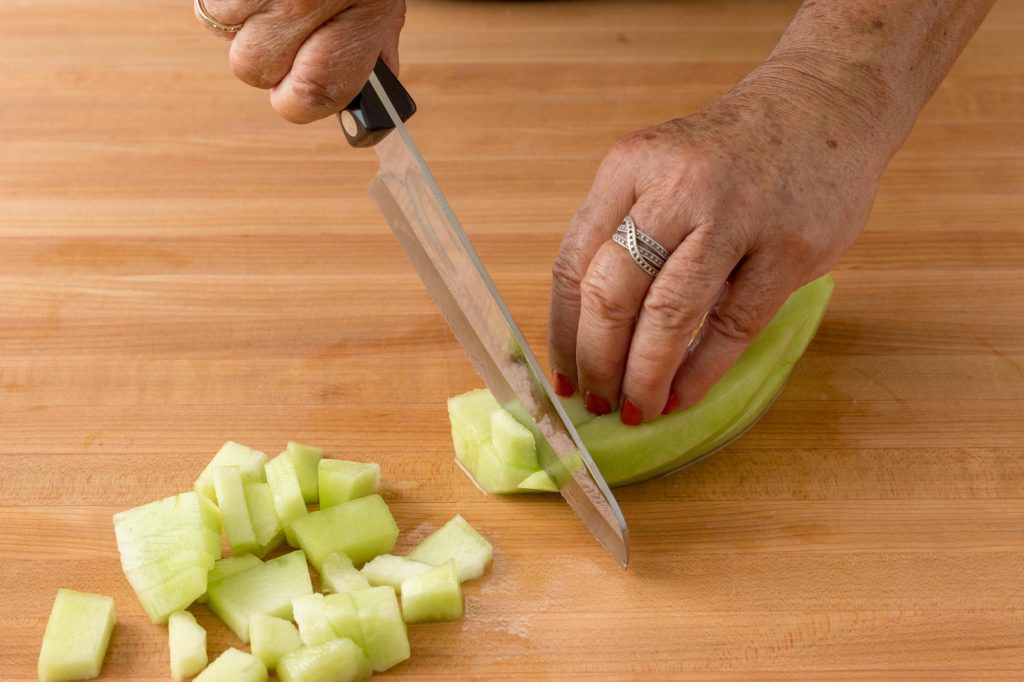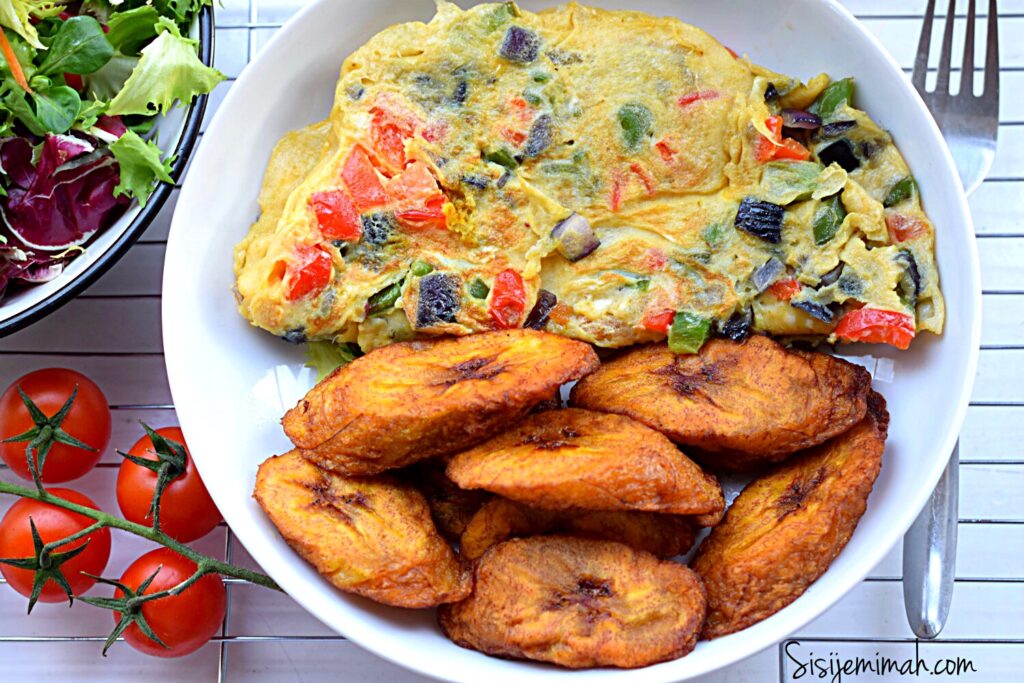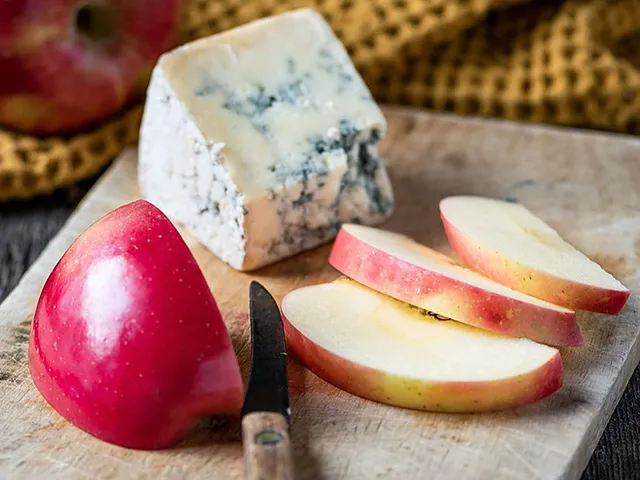Bananas are more than just a tasty snack—they also come with peels that can be turned into something special. Yes, banana peel flour is becoming a popular eco-friendly choice and a great addition to various dishes!
In this detailed guide, we’ll look at the goodness of banana peel flour, teach you how to make it at home, show you different ways to use it in the kitchen, and even share some scrumptious recipes. Ready to give your banana peels a new life? Let’s start!
Table of Contents
- Understanding Banana Peel Flour
- Why Choose Banana Peel Flour?
- Packed with Nutrients
- Helps Your Digestion
- Keeps Blood Sugar in Check
- For Glowing Skin
- DIY Banana Peel Flour
- Getting Started
- Drying the Peels
- Powdering the Peels
- Storing Your Flour
- Cooking with Banana Peel Flour
- Baking with Banana Flavor
- Add Thickness to Dishes
- Boost Your Smoothies
- Homemade Face Treatments
- Tasty Recipes Featuring Banana Peel Flour
- Fluffy Banana Peel Pancakes
- Banana Peel Flour Cookies
- Banana Peel Flour Bread
- Tips and Tricks
- Choosing the Right Bananas
- Organic vs. Conventional
- Proper Storage
- Conclusion
- Frequently Asked Questions
- Can I use any kind of banana peel to make flour?
- Does banana peel flour contain gluten?
- What is the shelf life of banana peel flour?
- Can I replace regular flour with banana peel flour when I’m cooking?
- Do I need to take any special care when eating banana peel flour? Are there any side effects?
Understanding Banana Peel Flour
Banana peel flour is a gluten-free alternative to regular flour crafted from dried and powdered banana skins.
Instead of throwing away the peels, you can dry them to create a powder. This can then be used just like any other flour when you’re baking or cooking.
Packed with nutrients, fibers, and antioxidants, banana peel flour is more than just an ingredient—it’s a health boost.
Why Choose Banana Peel Flour?
Packed with Nutrients
Banana peel flour is loaded with goodies like potassium, magnesium, vitamins B6 and C, all of which are crucial for a healthy body.
Helps Your Digestion
Rich in fiber, banana peel flour helps keep your digestion running smoothly. It helps with regular bowel movements and keeps your gut happy.
Keeps Blood Sugar in Check
With a low glycemic index, banana peel flour slowly raises blood sugar levels, making it ideal for those monitoring their glucose or managing diabetes.
For Glowing Skin
The antioxidants in banana peel flour fend off oxidative damage and can support skin health. When used as a facial mask, it can leave your skin looking youthful and clear.
DIY Banana Peel Flour
Getting Started
Begin with organic banana peels to skip any chemicals or pesticides. Make sure to wash them well to remove dirt and other unwanted stuff.
Drying the Peels
To dry the peels, you can lay them out in the sun on a clean surface until they’re nice and dry, which might take a few days. Or if you want it done faster, pop them in a dehydrator on a low heat until they’re crispy.
Powdering the Peels
When your peels are completely dry, put them into a blender or food processor and blitz them into a powder. This might take a few tries to get it really fine.
Storing Your Flour
Put the finished flour into a container that seals well to keep it fresh. Keep it somewhere cool and dry out of sunlight. If stored right, it’ll last months.
Cooking with Banana Peel Flour
You can use banana peel flour in a lot of ways when you cook. It adds a neat banana taste and some extra nutrients to your dishes. Here are some ideas:
Baking with Banana Flavor
Use banana peel flour to replace some of the regular flour in your recipes for cookies, bread, or cakes. It’ll give a hint of banana taste and moistness. Try out different amounts to see what you like best.
Add Thickness to Dishes
Banana peel flour can also thicken up soups, stews, and sauces. It brings a slight sweetness and can really round out the flavors.
Boost Your Smoothies
Mix a spoonful or two into your smoothies for extra nutrients and fiber. It goes well with other fruits and superfoods, too.
Homemade Face Treatments
Mix banana peel flour with ingredients like honey or yogurt for a homemade face mask. It’ll nourish your skin and give you a lovely glow.
Tasty Recipes Featuring Banana Peel Flour
Curious about what you can make with banana peel flour? Here are a few yummy recipes to get you started:
Fluffy Banana Peel Pancakes
Ingredients:
- 1 cup of banana peel flour
- 1 mashed ripe banana
- 2 fresh eggs
- 1/2 cup of your choice of milk
- 1 tablespoon of honey or maple syrup
- 1 teaspoon of baking powder
- A pinch of salt
- Optional: Your favorite toppings like fruits, nuts, or yogurt
How to Make Them:
- Get a bowl and mix together banana peel flour, mashed up banana, eggs, milk, honey or maple syrup, baking powder, and a little salt.
- Mix everything well and leave the batter to sit for a little while.
- Turn on your stove to a medium heat and put a non-stick pan on it. Put a little oil or butter on the pan.
- Scoop some batter and put it on the pan to make pancakes as big as you like.
- Wait until you see bubbles on top of the pancakes, then flip them over. Cook for another minute or until they look nice and brown.
- Keep making pancakes until you’ve used all the batter.
- Serve the pancakes while they’re still hot. Put on whatever toppings you like and enjoy!
Banana Peel Flour Cookies
Ingredients:
- 1 and a half cups of banana peel flour.
- Half a cup of not salty butter that’s soft.
- Half a cup of coconut sugar or the kind of brown sugar you have.
- 1 egg.
- 1 teaspoon of liquid that makes things taste like vanilla.
- Half a teaspoon of baking soda.
- A tiny dash of salt.
- If you want, add things like chocolate bits, nuts, or dried fruits.
Instructions:
- Turn the oven on to 350 degrees F (that’s 175 degrees C). Get a baking sheet ready with parchment paper on it.
- In a bowl, mix the soft butter and coconut sugar until it’s really smooth and kind of fluffy.
- Add the egg and vanilla. Mix them in well.
- In another bowl, mix the banana peel flour, baking soda, and salt.
- Little by little, mix the dry stuff into the wet stuff until you have cookie dough.
- Put in whatever extra tasty bits you want.
- Put spoonfuls of the dough on the baking sheet, leaving space between them.
- Bake them for 10 to 12 minutes, or until the edges turn a light brown color.
- Take the cookies out of the oven and let them cool on the sheet for a few before you move them to a wire rack to cool all the way.
Banana Peel Flour Bread
Ingredients:
- 2 cups of banana peel flour.
- 1 and a half cups of regular flour or a mix that doesn’t have gluten.
- 2 teaspoons of baking powder.
- Half a teaspoon of baking soda.
- Half a teaspoon of salt.
- Half a teaspoon of the spice that makes things taste like cinnamon.1i>
- A quarter cup of oil that comes from coconuts, but make sure it’s melted.1i>
- Half a cup of honey or maple syrup.1i>
- 2 eggs that are pretty big.1i>
- 1 teaspoon of that vanilla tasting stuff.1i>
- 1 cup of bananas mashed up (you’ll need about 2 big bananas).1i>
- Half a cup of milk (it can be the regular kind or from plants).1i>
- You can add stuff like chopped nuts, dried fruits, or little chocolate things if you want.1i>
Instructions:
- Get the oven ready at 350 degrees F (that’s 175 degrees C). Use something greasy on a loaf pan so the bread doesn’t stick.
- Mix the banana peel flour, the regular flour (or gluten-free mix), baking powder, baking soda, salt, and cinnamon in a big bowl.
- In another bowl, whisk together the oil from coconuts, honey or syrup, eggs, and the vanilla stuff.
- Put the mashed bananas and milk into the wet ingredients and mix.
- Add the wet things to the dry ones and stir. Don’t mix too much.
- Add any extra things you like such as nuts or chocolate bits.
- Put the dough into the loaf pan and make the top flat with a spatula.
- Bake it for 50 to 60 minutes. If you stick a toothpick in the middle and it comes out clean, it’s done.
- Let the bread cool off in the pan for about 10 minutes. Then move it to a wire rack to cool all the way.
Tips and Tricks
Choosing the Right Bananas
Look for bananas that are ripe and yellow with some brown spots for making banana peel flour. They are sweeter and easier to smash, making the flour taste better.
Organic vs. Conventional
Try to buy organic bananas if you can so you’re not eating pesticides. If you can’t get organic, make sure to wash the peels really well.
Proper Storage
Keep your banana peel flour in a container that doesn’t let air in. Put it in a place that’s cool and dry. Don’t let it get wet, or it will get lumpy and go bad.
Conclusion
Banana peel flour is a cool way to use peels you would usually throw away. It’s healthy and makes your food taste interesting. Plus, it works in all kinds of recipes.
Just follow the easy steps from this guide, and you can make your own banana peel flour. Next time you eat a banana, remember that the peel is special and you can cook with it, too.
Frequently Asked Questions
Can I use any kind of banana peel to make flour?
Absolutely, you are free to use the peels from any variety of bananas, whether they are yellow bananas or ones that have become too ripe. Just remember to clean them well before you start making flour with them.
Does banana peel flour contain gluten?
Banana peel flour does not have gluten in it, which is good news for anyone who has a gluten intolerance or who chooses not to eat gluten as part of their diet.
What is the shelf life of banana peel flour?
If you keep banana peel flour in a container that doesn’t let air in and store it somewhere that’s cool and dry, it should stay good for quite a few months.
Can I replace regular flour with banana peel flour when I’m cooking?
Yes, banana peel flour can be used instead of a certain amount of regular flour in your cooking. But be careful, because it can change the way your food feels and tastes. To start, try using it in small amounts and see how it goes.
Do I need to take any special care when eating banana peel flour? Are there any side effects?
Eating banana peel flour is usually fine for most people. But if you have any food allergies, especially to bananas, or if you’re not sure if it’s safe for you, talking to a doctor or a nutritionist is a good idea before you eat it.
